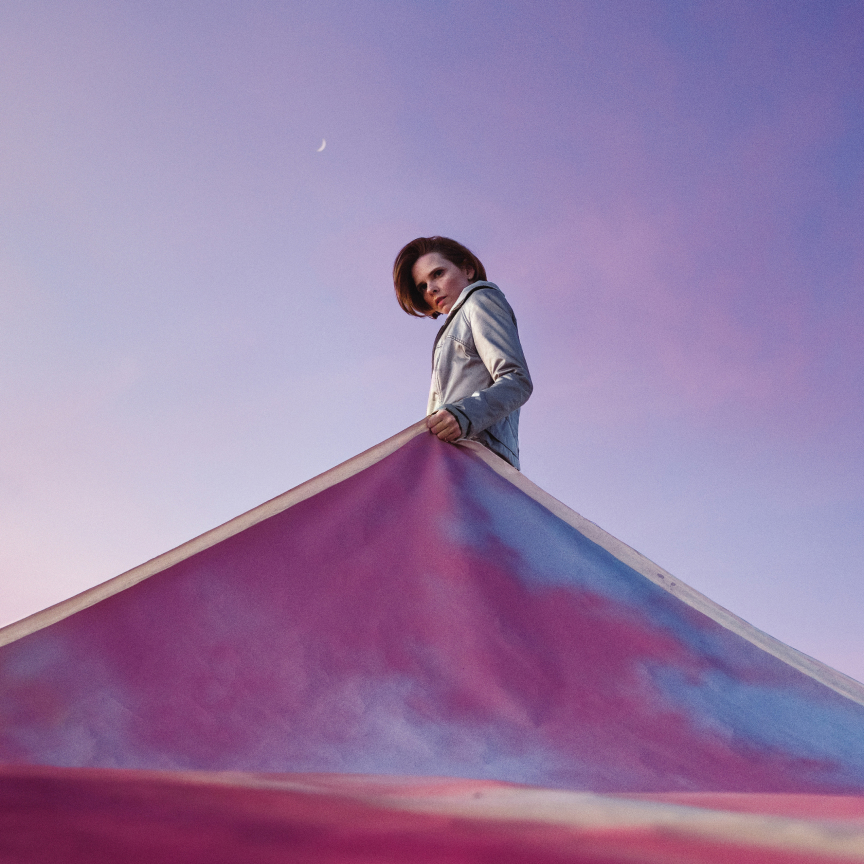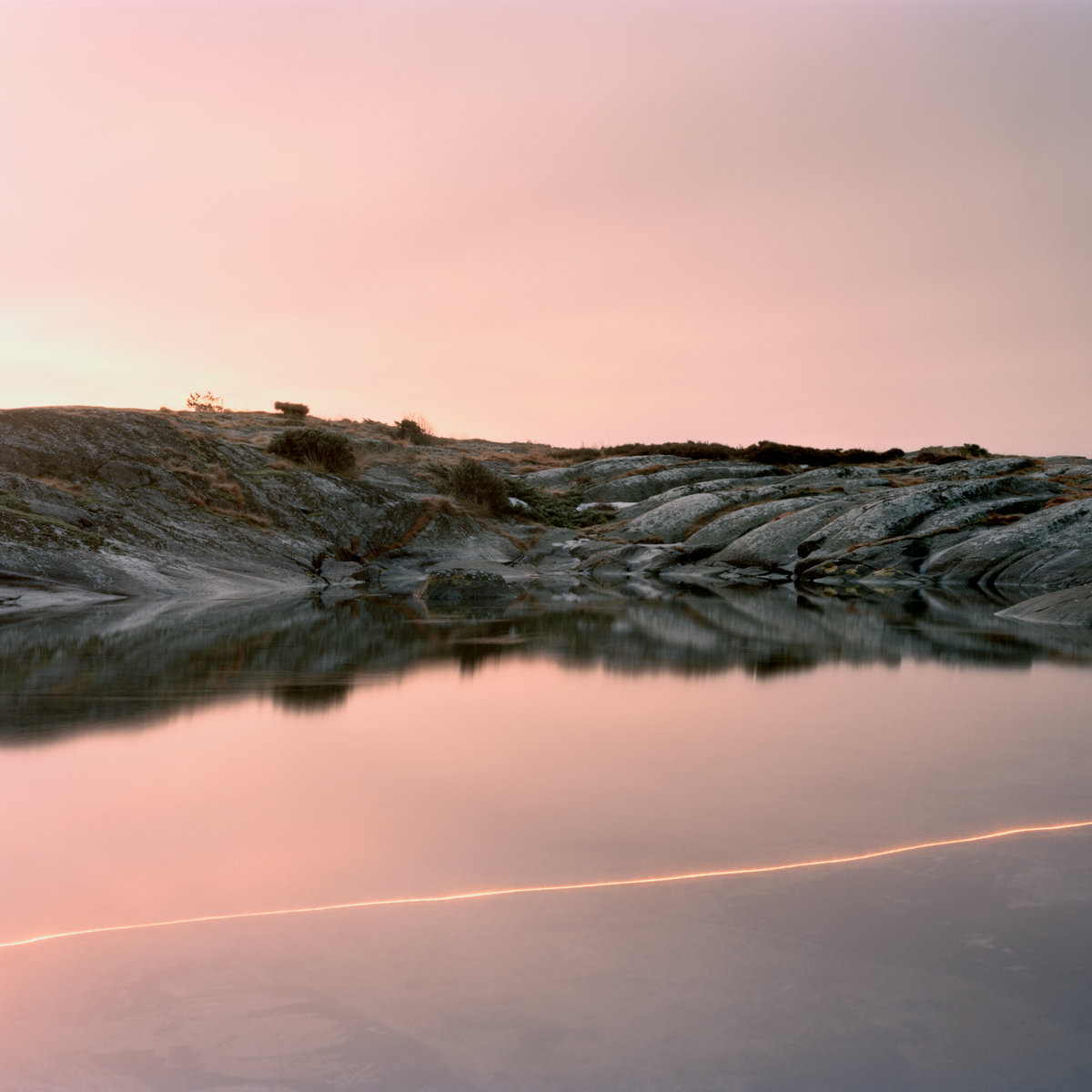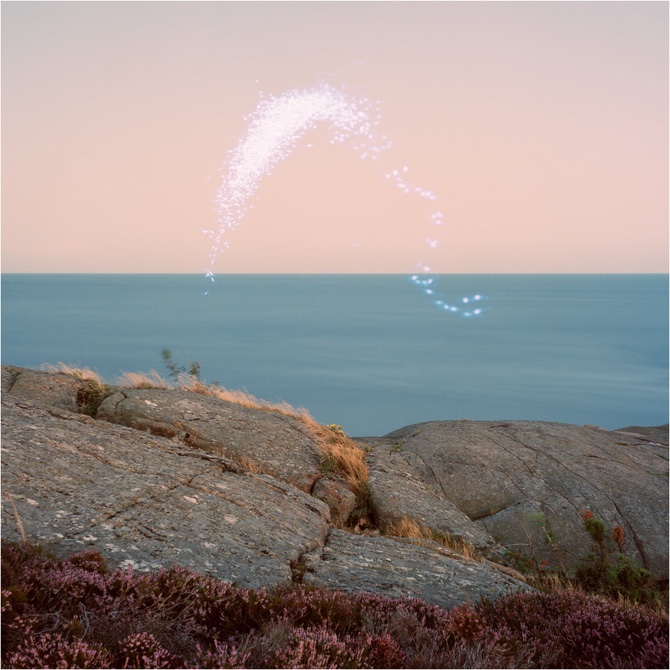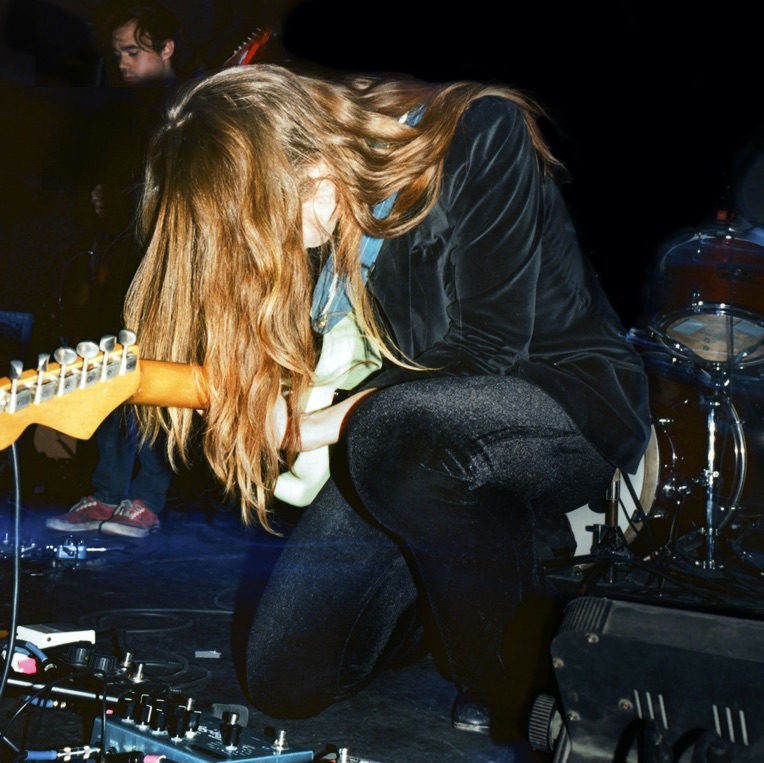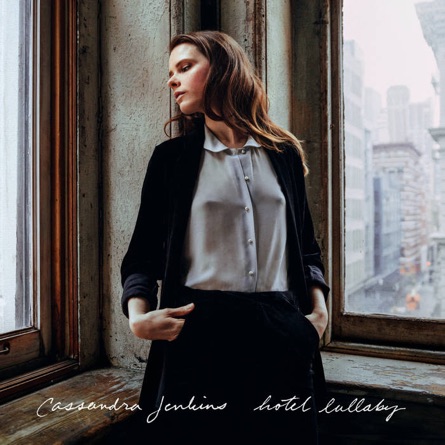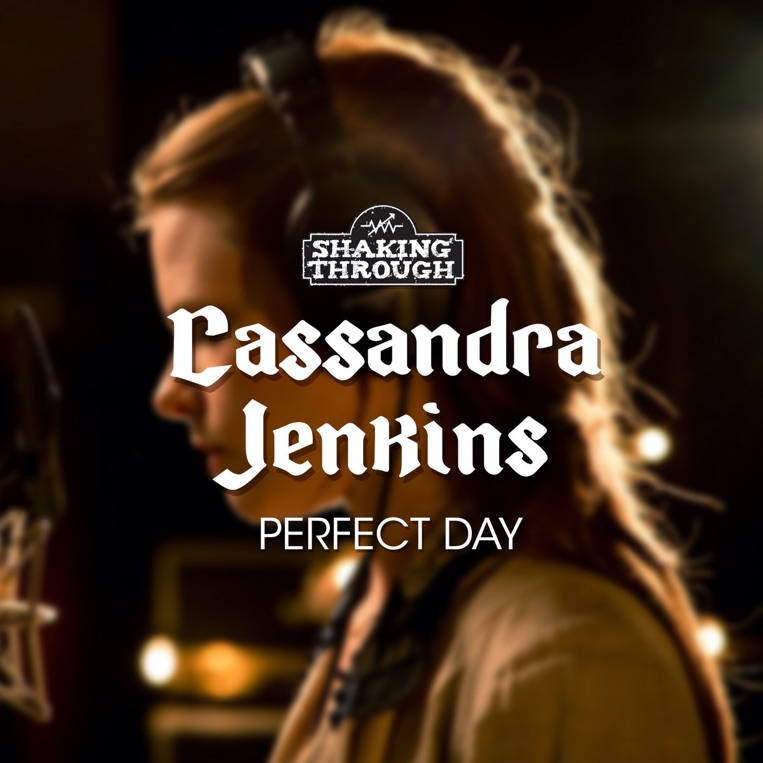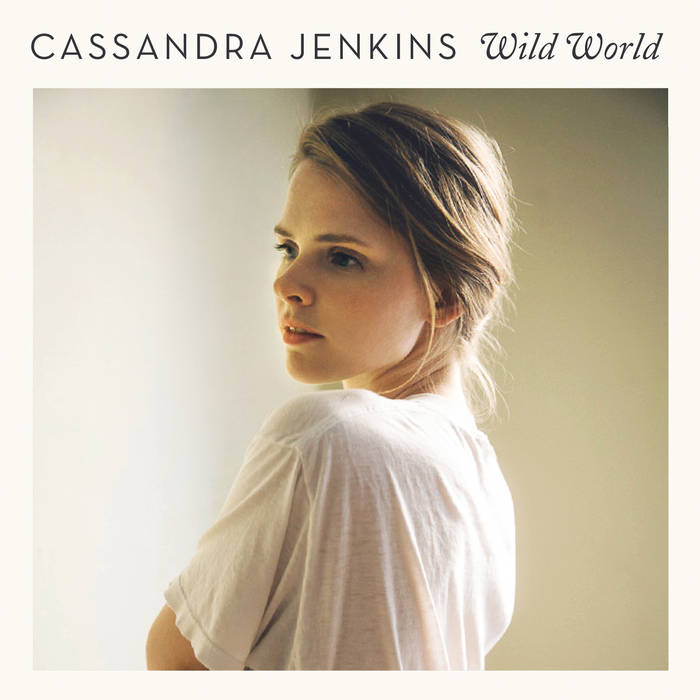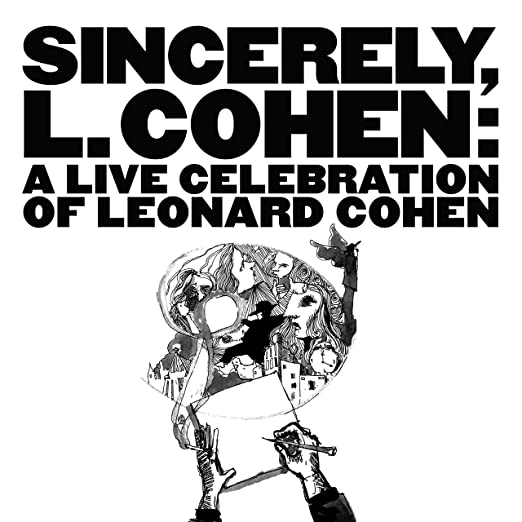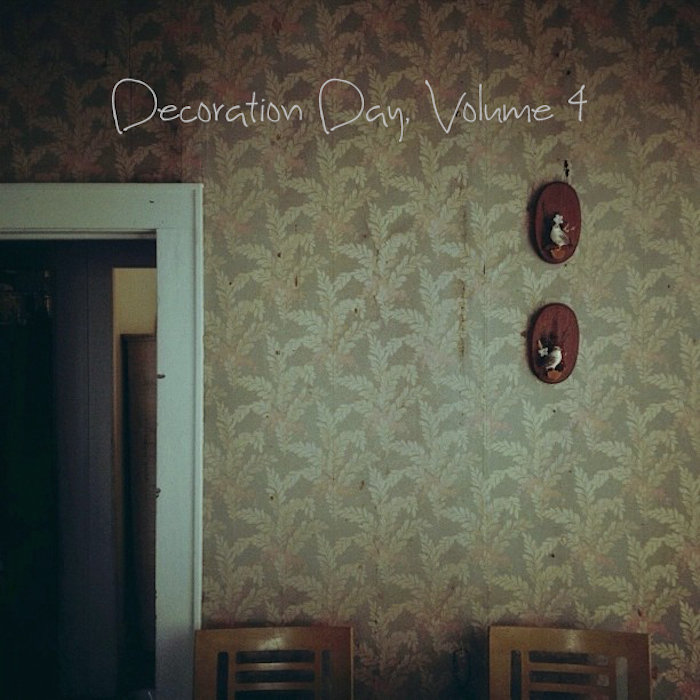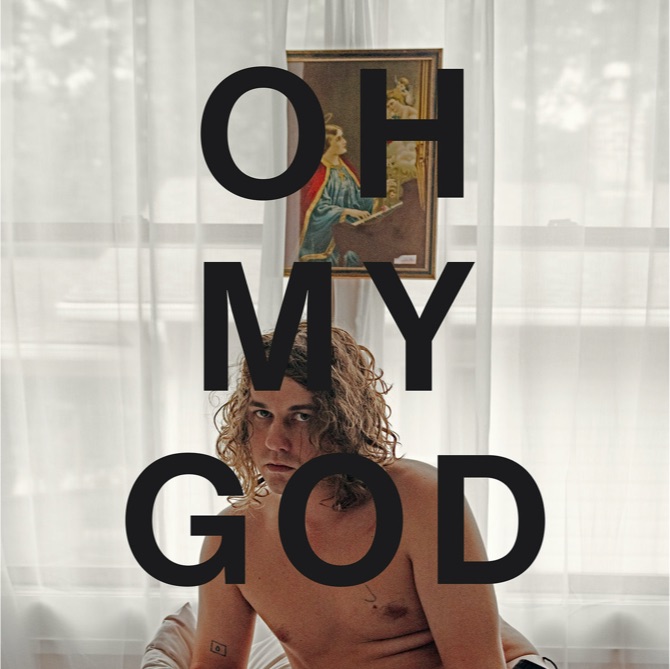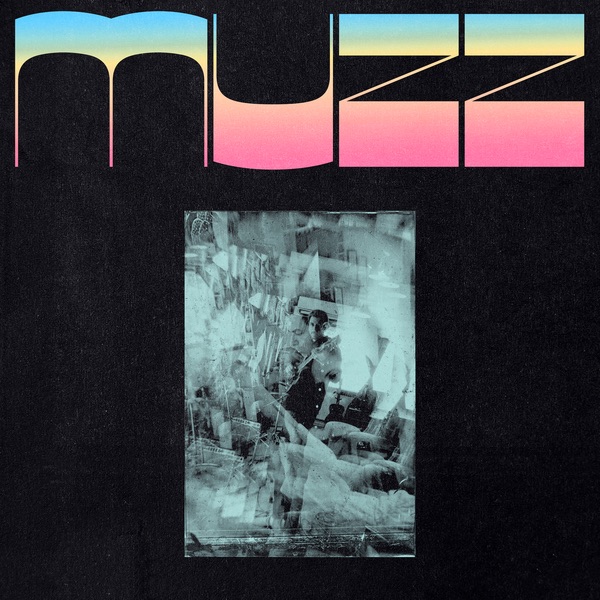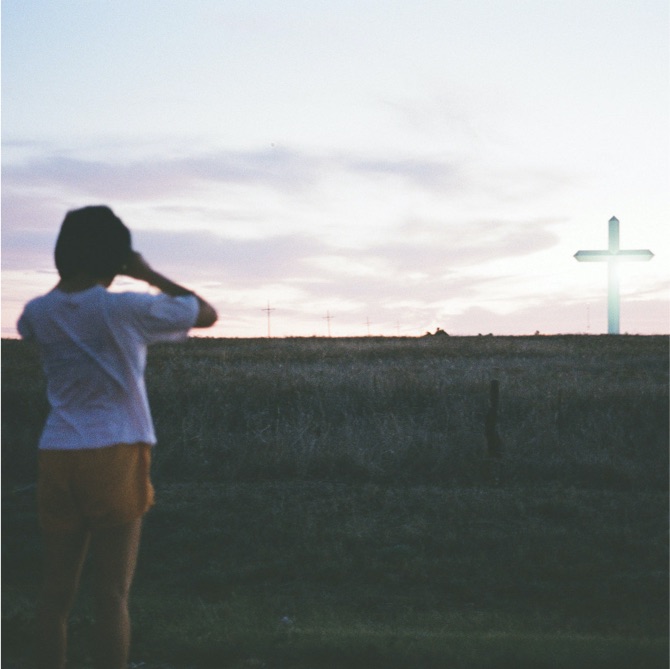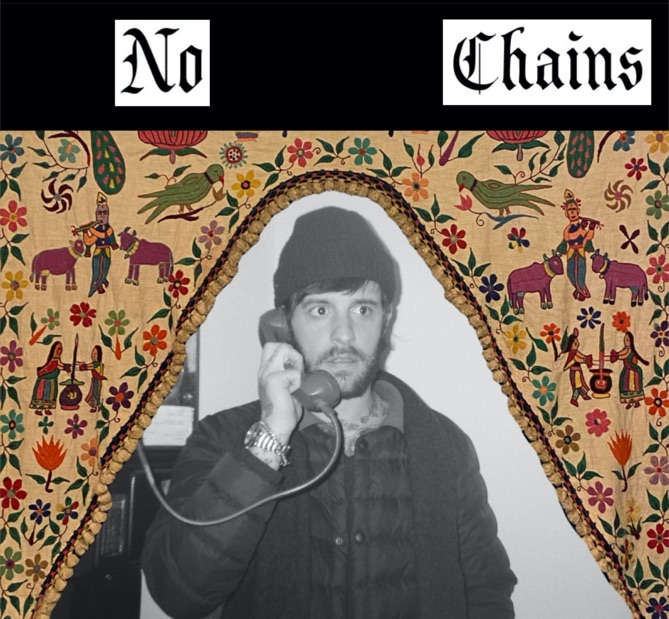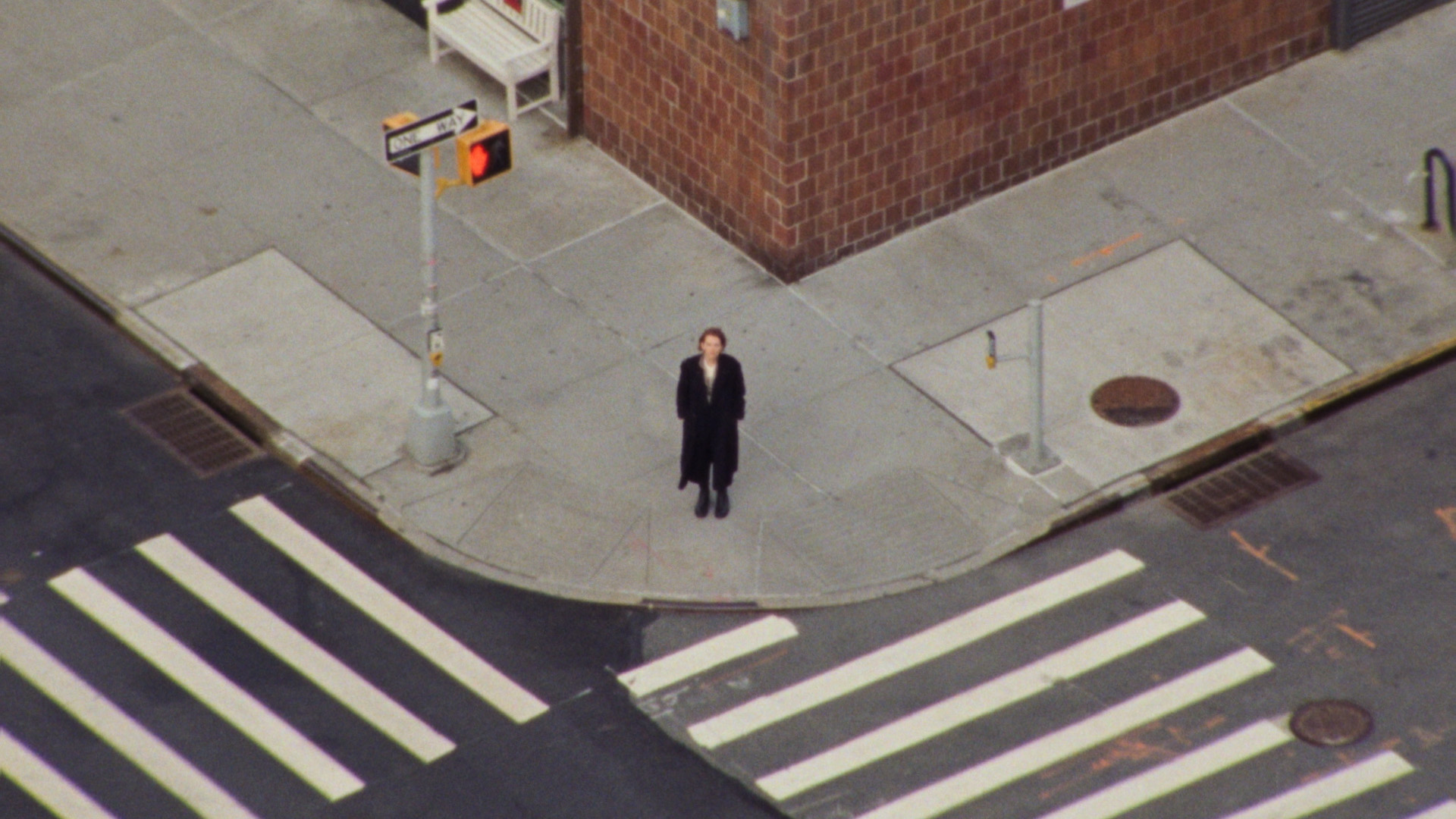
CASSANDRA JENKINS • My Light, My Destroyer
releasing july 12
Like the night sky itself, the world of My Light, My Destroyer is always expanding. Cassandra Jenkins’ third full-length cracks open the promise of reaching the edge of the new, with a wider sonic palette than ever before—encompassing guitar-driven indie rock, new age, sophistipop, and jazz. At the center of it all is Jenkins’ curiosity towards the quarks and quasars that make up her universe, as she blends field recordings with poetic lyricism that is at turns allusive, humorous, devastating and confessional—an alchemical gesture that further deepens the richness of My Light, My Destroyer’s 13 songs.
Jenkins suffuses My Light, My Destroyer with an easy confidence, which betrays the simple truth that the road here was not without difficulty. Referring to the 2021 breakout An Overview on Phenomenal Nature as her “intended swan song,” she explains that she was prepared to hang it up when it came to touring and releasing her own music. “I was channeling what I knew in that moment– feeling lost,” Jenkins recalls. “When that record came out, and people started to respond to what I had written, my plans to quit were foiled in the most unexpected, heartening, and generous way. Ready or not, it reinvigorated me.”
Immediately upon finishing two years of touring An Overview, Jenkins approached recording a follow-up, only to find that capturing the creative spark while “running on fumes” was tough. “I was coming from a place of burn out and depletion, and in the months following the session, I struggled to accept that I didn't like the record I had just made. It felt uninspired,” she confesses, “so I started over.” With her closest musical co-conspirators reassembled, and producer, engineer, and mixer Andrew Lappin (L’Rain, Slauson Malone 1) behind the board, Jenkins set the prior sessions aside and began constructing My Light, My Destroyer from its ashes: “When we listened back in the control room that first day, I could see a space on my record shelf start to open up, because the songs were finding their home in real time. That spark informed the blueprint for the rest of the album, and its completion was propelled by a newfound momentum.”
Even as My Light, My Destroyer was developed over the course of a year, some of these 13 songs have been incubating in Jenkins’ notebooks for years; seeds of the cavernous New Age pop of “Delphinium Blue,” for instance, date back to 2018. There were sonic reference points in her mind during the album’s creation: Tom Petty’s deceptively breezy folk-rock classicism, the work of songwriters like Annie Lennox and Neil Young, her “high school CD wallet” (Radiohead’s the Bends, the Breeders, PJ Harvey, and Pavement), and David Bowie’s final gesture Blackstar; along with lyrical influences from writers like Anne Carson, Maggie Nelson, Rebecca Solnit, and the ever present work of the late David Berman.
But above all and as ever, Jenkins is drawing inspiration from the chattering electricity of the world around her, squinting through radio static with the desire to gain a greater understanding. “I feel most energized when I'm out in the world, in the mix of things,” she says. “Coming back home to New York, being with my close friends and community, riding the subway, and going to live shows made me want to channel the palpable feeling of the electricity in a room full of people— I need to be fully immersed in my environment. New York City is endlessly stimulating, and I'm very impressionable.” Deftly weaving field recording, found sound, and ancillary audio (like train sounds & flight attendants) she brings attention to stranger-than-fiction moments that bring the listener in.
Joining her in this immersion is a cast of friends pulled from across the modern indie rock spectrum, as My Light, My Destroyer far more represents a group effort than the largely solitary pursuits of its predecessor. Palehound’s El Kempner, Hand Habits’ Meg Duffy, Isaac Eiger (formerly of Strange Ranger), Katie Von Schleicher, Zoë Brecher (Hushpuppy), Daniel McDowell (Amen Dunes), producer and instrumentalist Josh Kaufman (of Jenkins’ An Overview), producer Stephanie Marziano (Hayley Williams, Bartees Strange), and Jenkins’ friend, director/actor/journalist Hailey Benton Gates, who jokingly suggested the title for album’s meditative coda “Hayley” when Jenkins didn’t come up with a follow-up to An Overview’s “Hailey.”
Notions of “light” and “destruction” might seem like ideological opposites at first glance, and My Light, My Destroyer is indeed consumed with the theme of cyclical duality; temporally, the record begins and ends at dawn’s break, signifying both the hope of new beginnings and the illuminating of harsh realities that the light often brings. Amidst the crunch of “Petco,” in which Jenkins’ “landlord pink” walls seem to cave in as she looks through a window at “two doves wrapped up in filthy and true love”—before the script flips, (literally) caught in the “sideways gaze of a lizard” encased in the titular pet store.
“Aurora, IL” zooms farther out in terms of its mirrored perspectives. The song begins with Jenkins looking up at the sky before trading places with “the oldest man in space up on a pleasure trip,” referring to William Shatner, Captain Kirk himself, “crying on local news, he couldn’t stop talking about the color blue.” Marooned in a hotel room, Jenkins explains, “I was spinning out, and tapping into that character was my way of getting a little of what he’s having, a small dose of the Overview Effect, in order to come back down to earth.”
Even amidst such widescreen wonder, however, there remain the earthly concerns of hardship. The lush “Only One,” reminiscent of the city-street textures of legendary pop group the Blue Nile, finds Jenkins face-to-face with Sisyphus himself—or, at least, a stick-figure drawing of the eternally burdened mythical figure. “It’s about a Groundhog Day effect, finding yourself in the same situation over and over again, not knowing how to get out of that loop—and in some sense, an unwillingness to break a cycle because you’re blinded by your circumstances,” she explains.
In a street encounter with Sisyphus “behind massage parlor window glass” (a wink to Jenkins’ interest examining healing modalities), she asks the mythical figure, “How long will this pain in my chest last?” Speaking to the lyric, Jenkins explains that this is her way of “poking fun at heartbreak, and heartbreak’s world view–an inability to see anything but itself, and a need to wallow in the illusion of permanence.” The song never answers its own question, but Jenkins continues, “Long after I saw that sign in the window, Sisyphus reminded me that we always have the choice to see beauty in the world around us, even when it’s burning.”
Jenkins bent towards natural & supernatural phenomena alike appears throughout (the Earth's atmosphere, lizards, flowers, the galaxy, lab grown strawberries, etc) only to bring us back to the core parts of ourselves. The pivotal point on My Light, My Destroyer is the nocturnal “Betelgeuse,” in which Jenkins, in her words, reaches the zenith of her exploration in “trying to maintain a sense of curiosity as a way of staying connected with myself and nature.” Soft piano and a dialogue between two sylvan-sounding horns accompany a field recording of Cassandra and her mother, Sandra, stargazing in the illuminated night. “She is in touch with curiosity like no one else,” Jenkins says of her mother, a life-long science teacher. “I caught her in one of her many teaching moments, which reminded me that learning the night sky will take a lifetime, or more—and that’s just from the vantage point of Earth.”
It is that endless gaze towards the unknown that defines My Light, My Destroyer, and it’s under that context that Jenkins decodes opposing forces contained with the album title—emphasizing the power of a straight-ahead gaze into futures, possibilities, and great unknowns in spite of how they may shake our core beings. “Awe is a function of nature that keeps us from losing connection. Staying in touch with awe, that light, is the best antidote to fear, and the powers that try to control us with fear,” she states. “So in that sense, staying in touch with awe is to keep my light intact, and that is my greatest tool for destroying and dismantling the parts of myself and the world around me that have the potential to cause harm. Frankly, this is what keeps me from quitting—it serves as a reminder to pause and appreciate my time on earth, for all its chaos and its beauty.”
Shows
Press for An Overview on Phenomenal Nature
SOLO ALBUMS
VIDEOS
CONTACT
Management: Ari Fouriezos ari@friendlyannouncer.com
Press: Pam Nashel pam@sirenscallpr.com
Booking (US, Canada): Adam Voith adam.voith@caa.com
Booking (UK, EU): Will Church & Alice Hogg will@atc-live.com & alice@atc-live.com
Label: Dead Oceans info@secretlygroup.com
Legal: Paul Sommerstein ps@paulsommerstein.com
